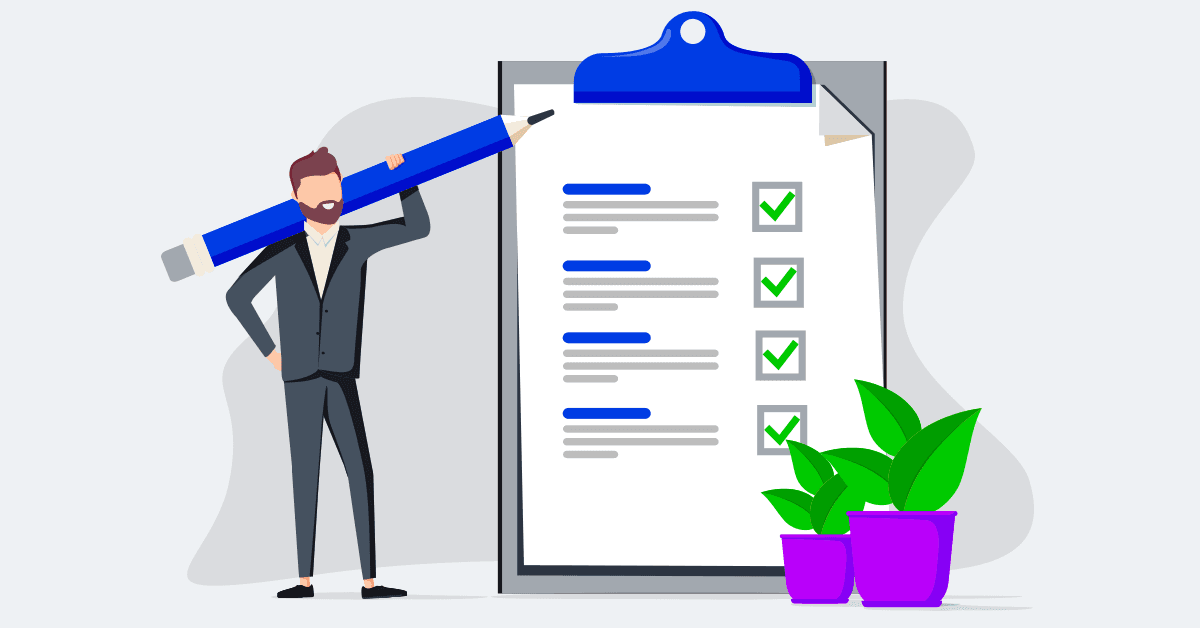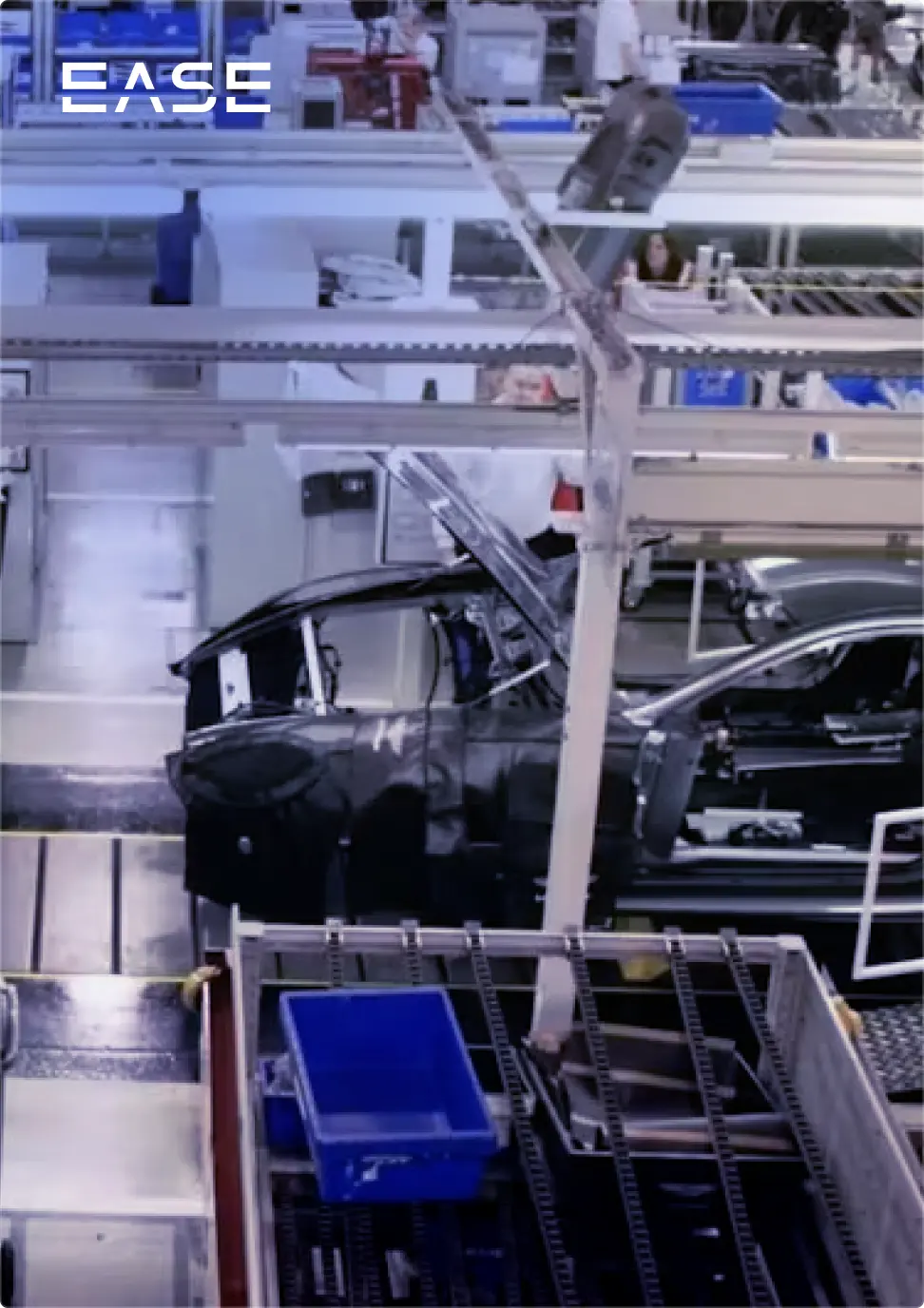How to Write LPA Questions That Actually Prevent Defects

When it comes to layered process audits (LPAs), there are questions that check the box, and there are those that cut straight to the source of defects.
These quick, high frequency audits are uniquely effective at reducing production defects, in some plants by 50% or more.
But that can only happen if you get one key element right: writing good LPA questions.
We talked to John Rose, Quality Systems Manager at Jacobs Vehicle Systems, about how to write LPA questions that prevent defects and reduce risks across the plant.
Download a free LPA questions checklist template to help you get started
Make Questions Process-Focused
The most important element to consider when writing LPA questions is addressing process inputs rather than documentation or final products.
“Questions definitely have to be process-focused,” says Rose. “You always have to ask whether what you’re looking at is a key process input or parameter.”
For example, asking whether a part meets a certain specification isn’t likely to detect conditions that lead to defects, since measuring finished parts only detects existing defects.
Organizations should instead verify that key process inputs are in place, because that’s what allows you to identify process nonconformances that cause production defects. Examples include looking at:
- Equipment settings
- Key process steps and motions
- Whether operators are checking parts at the required frequency
- If tools used are in good working order
- Whether new controls resulting from corrective action are in place
Include Clear Pass/Fail Criteria
In many cases, the person asking the question on an LPA isn’t necessarily an expert in the process. It’s one reason these audits are so useful at uncovering process errors, bringing fresh perspective to issues that might otherwise go unnoticed.
For non-experts to be able to conduct an LPA, however, LPA questions must include clear pass/fail criteria, avoiding subjective words like “correct,” “right” or “properly.”
Consider the following before-and-after example:
Before: Is the machine’s oil pressure correct?
After: Is the machine’s oil pressure set at 50 psi +/-5?
It’s clear that an auditor new to the process or from another department will be able to understand the second version. If you’re using an automated LPA platform like EASE, you can even include a photo of the gauge to make it even clearer what “good” looks like.
“Especially as we get back to normal and more people return to the plant, it’s important to make sure questions are clear so anybody can understand them,” says Rose. “You don’t want the auditor to have to find the technician or quality engineer to answer the question—that defeats the purpose of a ten-minute audit.”
Don’t Try to Cover Everything
LPAs make it easy to take a fast look across the plant. That said, your LPA question library shouldn’t be a catch-all for every type of check.
Rose points to the example of using LPAs to find gauges that need to be calibrated.
“While it’s important to have calibrated gauges in the process, you don’t necessarily need an LPA to do a sweep to find ones that are past due,” says Rose. Since those checks should be covered by a central quality function in the plant, you might only want to occasionally verify a gauge as a check on that process.
He also points out that LPAs aren’t a substitute for a larger manufacturing process audit.
“We tried early on to use LPAs to verify control plans and look at whether PFMEAs match the process being done,” says Rose. “We quickly learned that’s near-impossible.”
He notes that auditors don’t necessarily have access to those documents while performing audits on the shop floor, making it impractical from a documentation perspective.
“Those types of checks belong in a manufacturing process audit, which is bigger than an LPA.”
Verify Known Quality Risks
It’s not uncommon for companies to start with LPA questions that are generic. Over time, however, you should add more process-specific questions as you identify process deficiencies from complaints or internal quality issues.
“When you have a quality escape and identify the reasons for it, the next step is finding those parameters your FMEAs missed so you can audit them going forward,” says Rose.
He adds that LPAs help monitor risks in the new product development process as well.
“Especially as we launched new programs in the past year or so, we really worked hard to identify those key inputs we needed to monitor,” Rose says.
Writing LPA questions is undoubtedly one of the most difficult—and important—steps in getting results from LPAs. Like so many quality initiatives, treating LPAs as just another compliance obligation means you won’t see much in terms of results.
It’s when you take the time to make them clearer and laser-focused on process inputs and risks that you can achieve significant cuts in defects, complaints and costs.
